
In this unit, students use the scientific process to analyze Earth’s place in the solar system. They begin by modeling how matter is made up of tiny particles called atoms, and changes state when heat is added or removed. This page provides an overview of lesson 1B in which students explore the science phenomena of how heat affects matter.
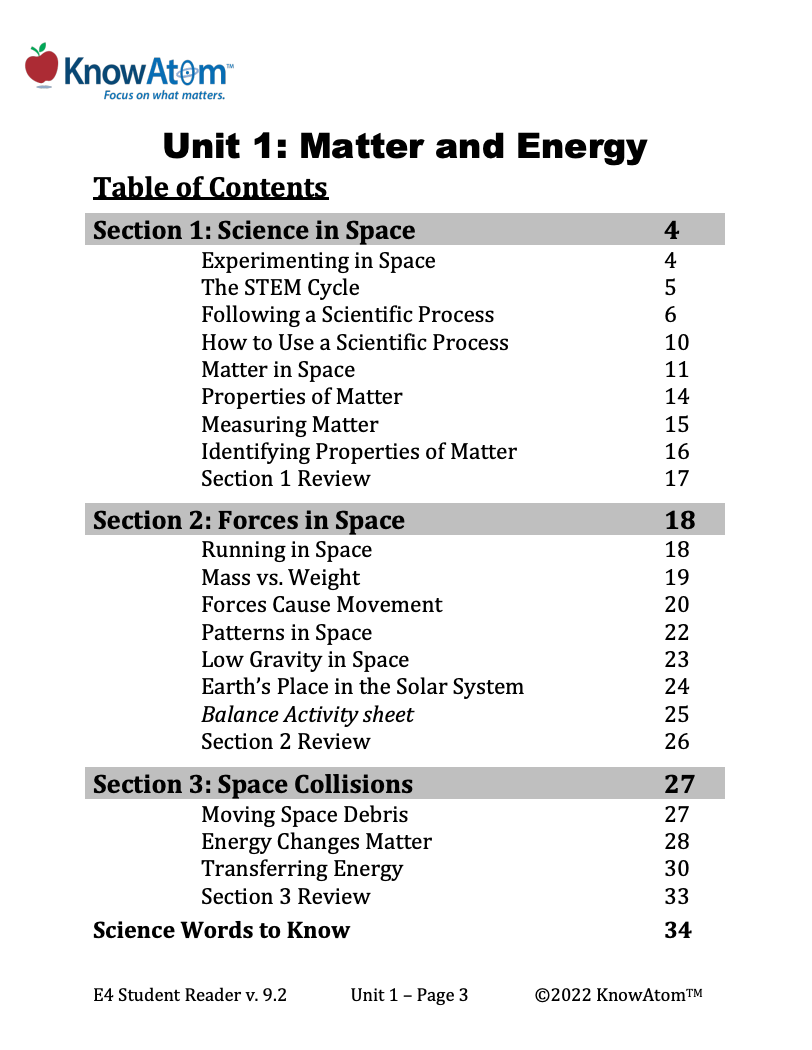
In this unit, students explore matter, forces, and energy. In this lesson, students evaluate the science phenomena of how matter interacts with and is changed by energy, which transfers from one object or system to another. This page is a high-level extract of the components of this lesson.
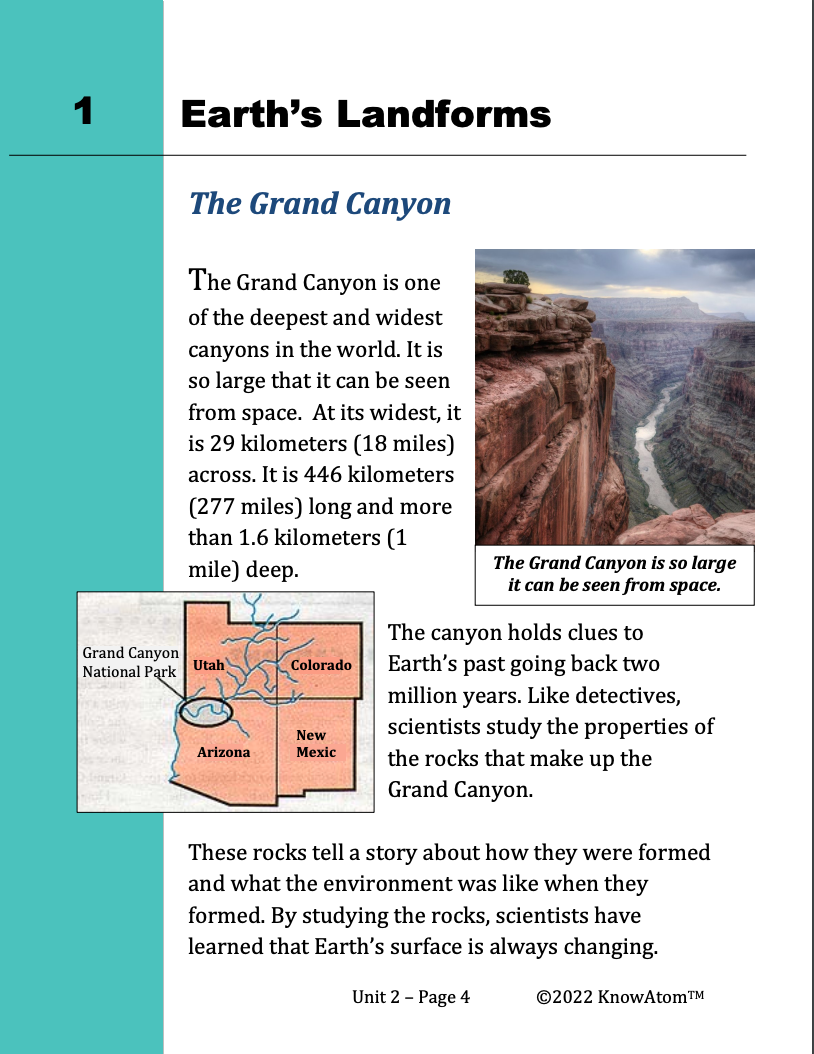
In this unit, students stimulate the movement of tectonic plates and analyze maps to observe how plate boundaries create patterns in Earth’s features. In this lesson, they build on that knowledge to observe the science phenomenon of how water erodes sediment. This page highlights key components of this lesson.
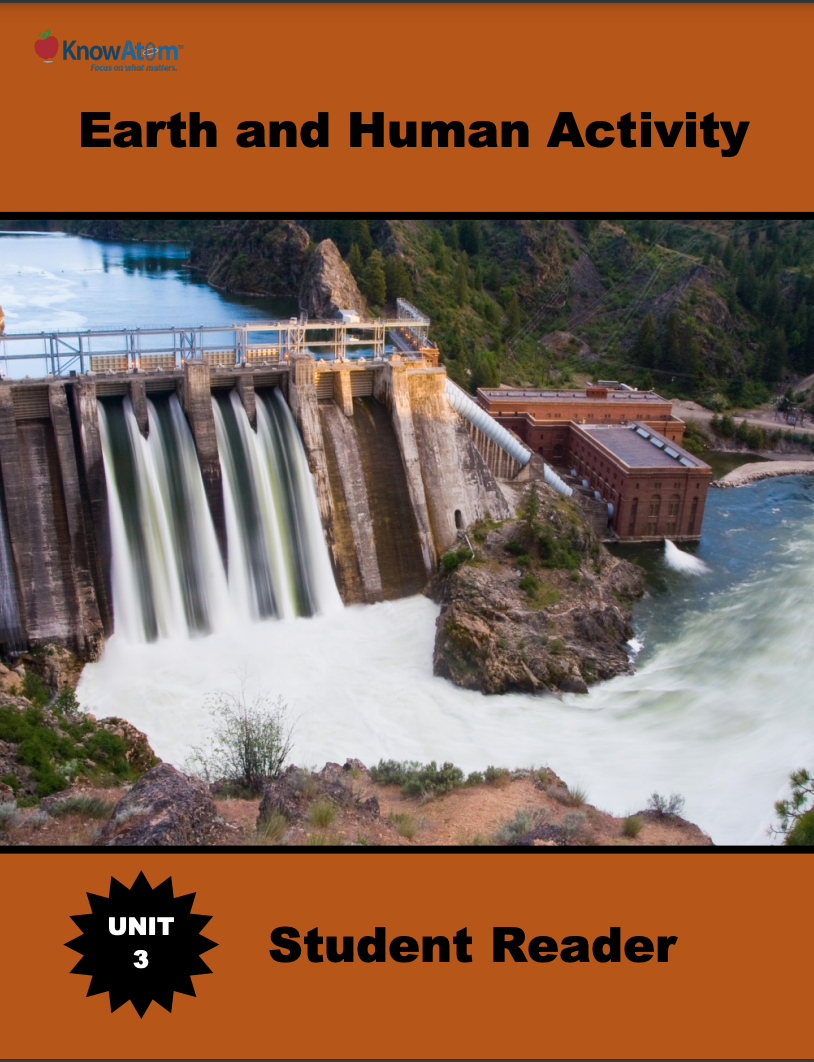
In this unit, students focus on the science phenomena of Earth’s interacting systems, evaluating how the hydrosphere and geosphere are shaped by one another. In the first lesson of the unit, students conduct an experiment to determine how the particle size of an Earth material affects its permeability to water. This page highlights key excerpts from the components of this lesson.
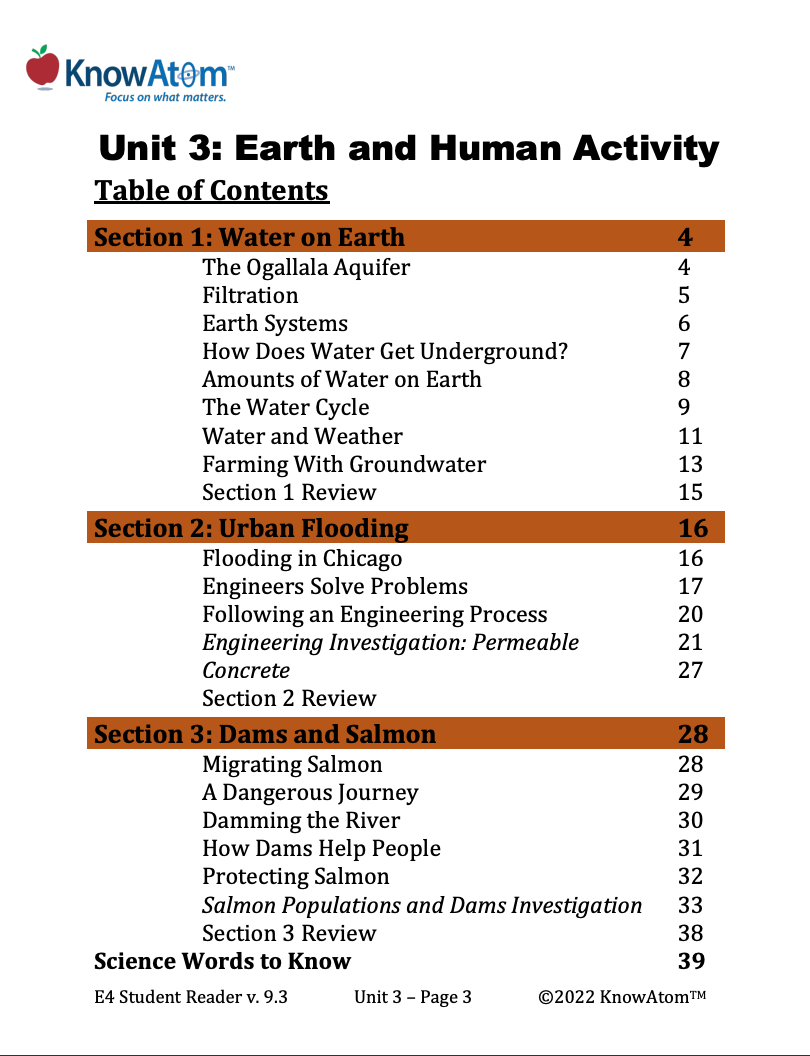
In this unit, students explore the science phenomena of Earth systems by studying aquifers, comparing the ability of different Earth materials to hold water. In this lesson, they build on that knowledge to engineer permeable pavement that can solve the problems of urban flooding and water pollution. This page showcases key components of this lesson.
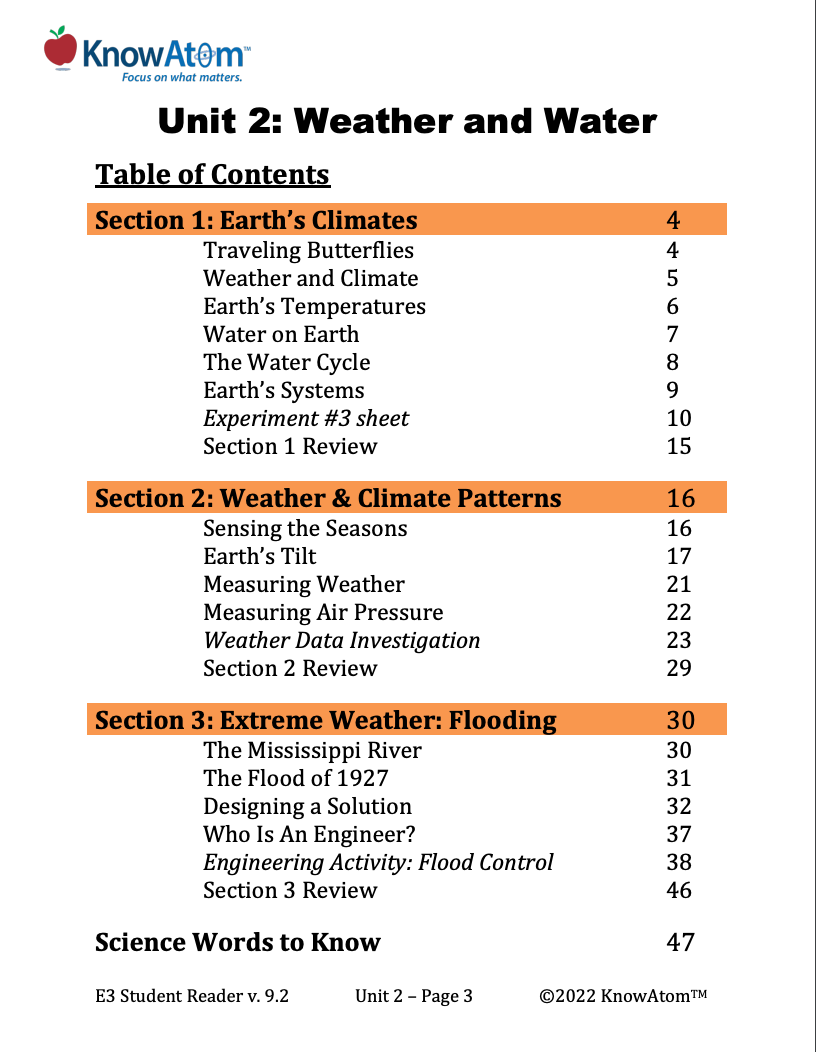
In this unit, students discover how the sun provides light and heat to Earth and how the water cycle influences weather and climate. Students analyze weather patterns in specific regions during a particular season. They then use that knowledge to study the effects of extreme weather on humans, evaluating solutions to protect against those effects.
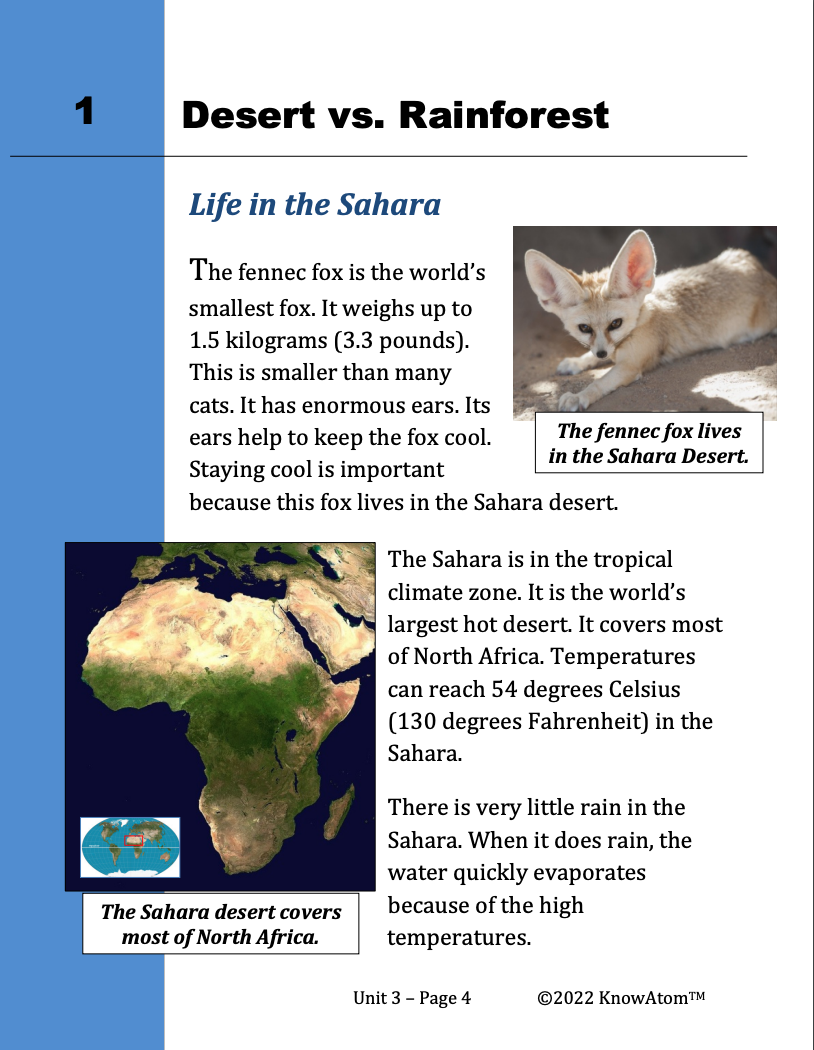
In this lesson, students evaluate the science phenomena of how organisms are affected when the environment changes. Students carry out an experiment to analyze two possible solutions that could be used to help a population of harpy eagles recover from the impacts of deforestation over time. This is a high-level extract of this lesson.
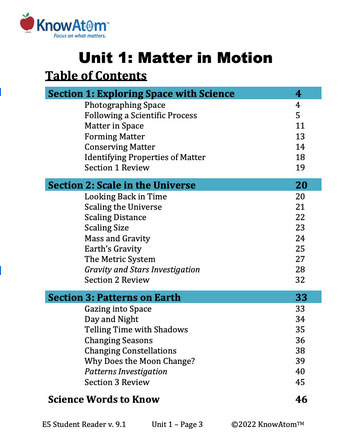
In this unit, students are introduced to the scientific process as they analyze matter in the universe and Earth’s place in the solar system. For the first lesson in this unit, they conduct an experiment to compare the masses of two different substances, analyzing how matter is never created or destroyed. Students also discuss how all matter in the universe is made up of different combinations of atoms formed from chemical reactions. This page highlights key parts of this lesson.
.png)
In this unit, students are introduced to science and engineering by exploring several phenomena that relate to cooking. Students begin with an investigation into the structure of matter and how energy determines state of matter. This page is a high level look at key components of this lesson.
.png)
In this unit, students focus on interactions between matter and energy. In this lesson, students figure out the endothermic and exothermic phenomenon of chemical hot and cold packs to analyze matter and energy in different kinds of chemical reactions. This page is a high-level extract of this lesson.
.png)
In this unit, students explore several phenomena that relate to cooking. In this lesson, students evaluate chemical reactions, and use that knowledge to engineer a prototype that transfers energy by chemical processes. This page showcases key components of this lesson.
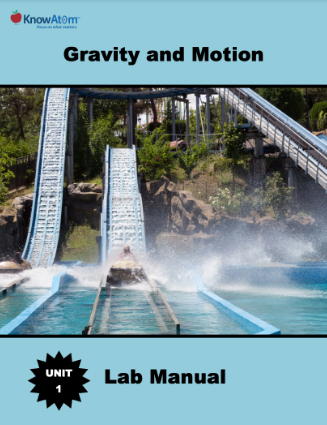
In this unit, students focus on the science phenomena of the relationship between gravity and motion, tracing how gravitational potential energy transforms to kinetic energy in different energy systems. In this lesson, they investigate the relationship between the drop height of a bouncy ball and its rebound height. This page is a high-level extract of this lesson.
.png)
In this unit, students explore phenomena of natural processes that cause Earth’s surface to change over time, analyzing how energy causes Earth’s matter to transform and cycle from one form to another. In this lesson, students investigate how Earth materials are continually being reshaped and reformed by multiple processes that are powered by energy from Earth’s hot interior and the sun. This page is a high-level extract of this lesson.
Standards citation: NGSS Lead States. 2013. Next Generation Science Standards: For States, By States. Washington, DC: The National Academies Press. Neither WestEd nor the lead states and partners that developed the Next Generation Science Standards were involved in the production of this product, and do not endorse it.
